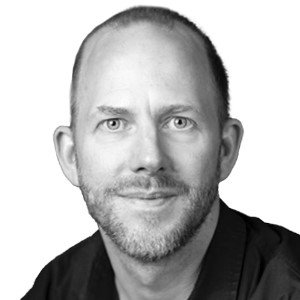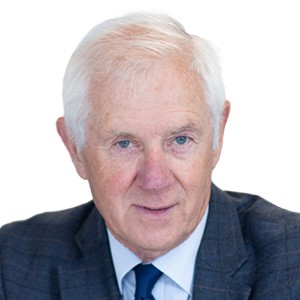In recent years, many CEOs and senior executives have come to realise that their organisations are too traditional, heavily matrixed and increasingly disconnected with their customers. The end result in these instances is clunky businesses with swelling overheads and a lack of accountability across management.
Switching to a more streamlined operating model, which is typically characterised by customer centricity, empowered teams and a culture of continuous improvement, was discussed by speakers at a recent Criticaleye CEO Virtual Roundtable titled ‘Creating a Lean Operating Model’.
Since becoming CEO of DVSA at the start of 2021,
Loveday Ryder has attempted to implement a transformation programme at the UK public sector giant, with a view to making it more agile and closer to the customer.
She said: “It’s that mindset of continuous improvement that I think is the key. It’s trying to change and pivot so that we're thinking about our customers and actually looking from the outside in, rather than from the inside out.”
Many organisations, as they grow and become more complex, have a tendency to go through phases where decision making is centralised and different functions are consolidated to create efficiencies. However, for
Markus Mantwill, Partner and Managing Director at AlixPartners, this method has the potential to drive a wedge between an organisation and its customers.
He explained: “I think some of this centralisation that we've seen over the last few years has created a bigger distance to the end customer. Today, I see a trend occurring where there is greater accountability and thinking about an organisation in terms of units that are equipped to serve customers end-to-end. In my view, accountability eats synergies for breakfast.”
Loveday provided a tangible example of this shift towards a decentralised model at DVSA: “We’ve split a number of our directorates now so they are focused on services. We've set up groups to generate that culture of service improvement, trying to hear what the customer is saying, looking at the data and prioritising improvement work based on what customers need.”
For a number of organisations, one of the reasons for making a change is to build greater speed by granting agency to staff so they can make decisions based on what they are seeing at the ‘coalface’, rather than going back up the chain of command. Markus said: “It's giving accountability to the parts of the organisation that are delivering the service, and therefore being much leaner in terms of the overhead of corporate structures, which then means you have less corporate cost allocations to these businesses.”
This point around cost reduction adds further weight to the case for a lean operating model. In addition, Criticaleye Board Mentor
Tom Taylor, who is currently Chair of the NHS Counter Fraud Authority, referenced overseeing an 18 percent increase in productivity within the organisation after implementing a leaner model, which also had the effect of rapidly transforming the culture.
“Once you've empowered people, I think you will have a happier staff, you'll have staff who are keener on what they're doing and that means they will deliver more,” he stated.
“But you've got to talk to people in a language they understand,” Tom warned. “If you talk from ‘way up here’ as the Chief Executive to somebody at the operating level, it won’t necessarily have the right impact. You’ve got to take your ego out of it and that will get you the best responses.”
Change Readiness
Business leaders might be compelled to build out a leaner operating model for a number of reasons. For example, while serving on the executive committee of Imperial Brands (formerly Imperial Tobacco),
Titus Wouda Kuipers was involved in a lean management shift not primarily to get cost down, but to improve the quality of the company’s products and processes.
Titus, who is currently a Board member at LOREA AG and also a Board Mentor at Criticaleye, said: “The whole world opened up after starting a lean management process as it led to enormous satisfaction and commitment among all the teams and the employees. Much more came out of it, waste rates came down massively, productivity increased and [there were] enormous cost decreases.”
However, the right leadership team needs to be in place in order to successfully execute a transition to a leaner operating model, as well as an awareness of what is realistically achievable within the business in a given timeframe.
Markus advised: “Think about the culture, the change readiness of the organisation and making the change management measurable. I don't think that anyone can go through a transformation that lasts longer than 12 or 18 months, because people get tired of it.
“Instead of doing all these small steps, dare to make a big step in your thinking with your management team, keep involving the frontline people and then come to the solution that works for you,” he continued.
Tom described the example of setting up an ‘Evolution Board’, comprised of the Chair, CEO, directors of finance and performance and several project managers, as a way of maintaining change momentum: “It gives them a constant link to the Board and it means you can keep that process going. You can’t keep transforming, but you can keep evolving,” he said.
Another way in which DVSA is attempting to bring leadership closer to its operational staff is via a ‘visit the frontlines’ scheme. “Just getting those people in enabling functions to realise where and how the work is done and what the business looks like is so important,” Loveday explained.
Clearly, bringing the C-suite closer to operations and empowering those staff to make the right decisions around the customer are core elements within an efficient, lean management model. The rewards for those leaders brave enough to make the switch are also plain to see: a healthier culture, higher productivity, better customer satisfaction and increased revenue.



